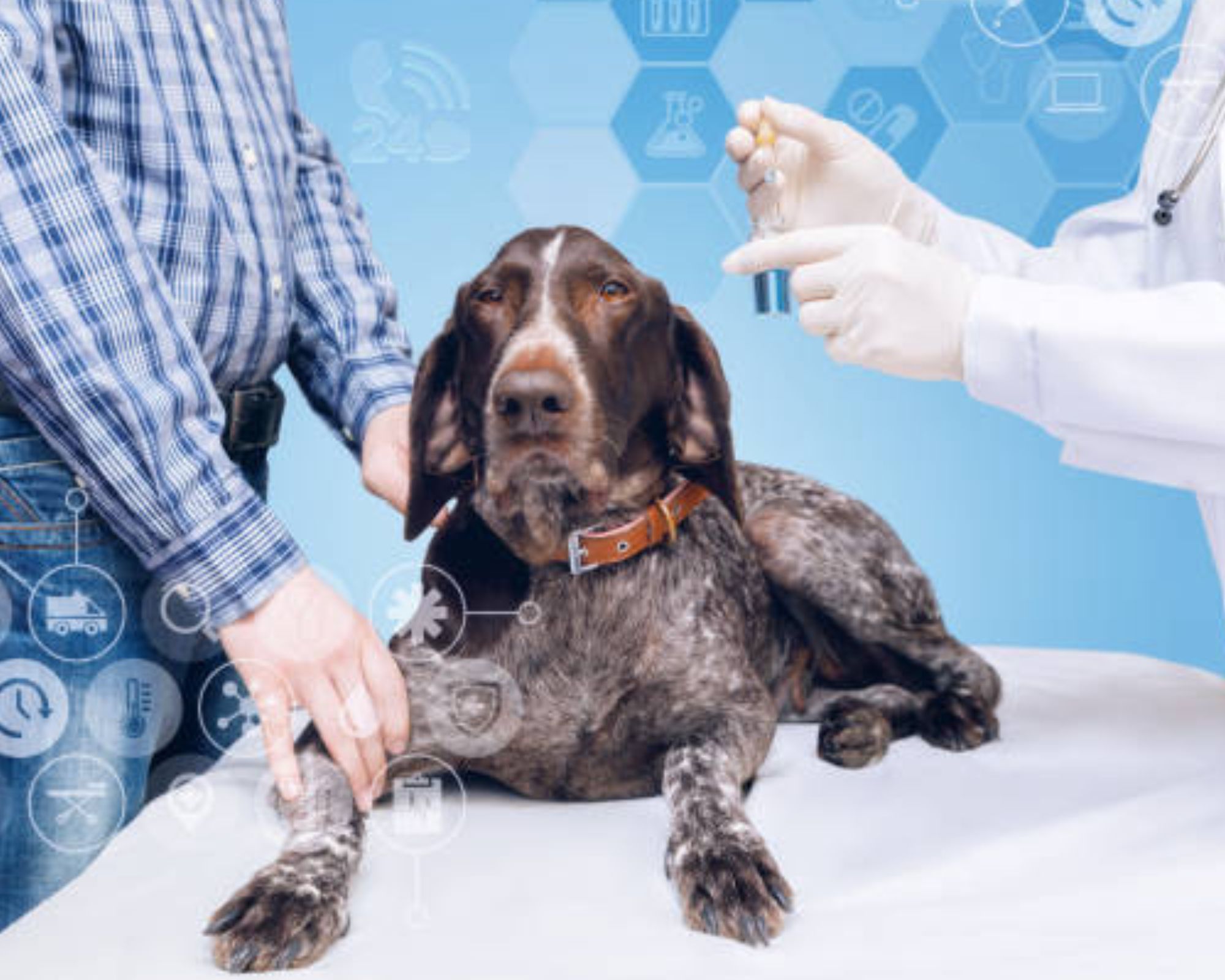Introduction
Now we will mention a disease found in animals which is especially found in dogs and it is scientifically called epistaxis. In this disease, dogs start bleeding from the nose. And of course, it’s a painful experience for the dog breeders. When your beloved canine companion starts it’s to bleed from the nose. In this comprehensive article, we will review the causes, symptoms, and management of nosebleeds in dogs and the various treatment options available. See if you are an experienced pet owner, or raising a puppy for we first time. As humanity, we must take special care of the stray animals we keep in our homes. This guide will provide you with the knowledge and tools to better care for your beloved loyal friend when they experiences this health concern.
Table of Contents:
- Explaining Dog Nosebleeds
- Top Reasons for Dog Nosebleeds
- Spotting Symptoms
- Urgent Vet Care Required
- Dog Nosebleed First Aid
- Diagnostic Procedures
- Treatment Choices for Dog Nosebleeds
- Avoiding Dog Nosebleeds
- Avoiding Dog Nosebleeds
- Conclusion
1, Explaining Dog Nosebleeds
When you are dealing with the difficult situation of your dog’s nosebleeding, it’s important to understand some of the basics of epistaxis. We will explore this practice in this section. how is a dog’s nosebleeding different from a human nosebleed bleeding can experience the conditionWe’ll the dog is going through.
2, Top Reasons for Dog Nosebleeds
Well, there can be many underlying causes of nose bleeding in dogs. We’ll cover in the section on what causes this problem to provide an in-depth look at the causes, including trauma. Foreign objects include infections, allergies, tumors, and clots.
3, Spotting Symptoms
What you need to know is how to recognize the symptoms that will help you identify why a dog’s nose is bleeding. Here we will cover the common symptoms. Including bleeding from the nostrils, sneezing, touching the nose, and changes in behavior will help you identify the problem immediately in this section. K
4, Urgent Vet Care Required
Not all dogs experience nosebleeds in the same way. Some of these dogs have low nosebleeds and some have severe nosebleeds. This section will guide you in deciding when to seek emergency veterinary care. Especially when in cases of heavy bleeding or with alarming symptoms.
5, Dog Nosebleed First Aid
In this section, you will learn how to provide immediate first aid for a dog nose. Also in this section, you will learn how to calm your dog down, including steps to keep him calm and using simple techniques to stop bleeding.
6, Diagnostic Procedures
When you notice that your dog’s nose is bleeding, you should consult a veterinarian. Who will run a series of diagnostic procedures to identify the underlying cause? These tests are explained in this section. Things like blood work, imaging, x-rays or cut scenes, and endoscopy will be done.
7, Treatment Choices for Dog Nosebleeds
Treatment approaches for epistaxis depend on the underlying cause. In this section, we’ll explore different treatment options, including medications, surgery, cauterization, and radiation therapy, providing a comprehensive view of what you can expect.
8, Avoiding Dog Nosebleeds
Prevention is always the best approach. In this section, we’ll discuss measures and strategies to reduce the risk of nosebleeds in dogs, including regular check-ups, safety precautions, and minimizing exposure to potential triggers.
9, Avoiding Dog Nosebleeds
For dogs with a history of nosebleeds, life can still be happy and fulfilling. This section will offer insights into caring for a dog prone to nosebleeds, including managing their condition and ensuring their overall well-being.
10, Conclusion
In conclusion, understanding and managing nosebleeds in dogs is essential for any responsible pet owner. This comprehensive guide has covered various aspects, from the basics of canine epistaxis to first aid, diagnosis, treatment, and prevention. Remember, when it comes to your dog’s health, it’s always best to consult with a qualified veterinarian for personalized advice and care. By staying informed and prepared, you can ensure the well-being of your furry family members when they need it most.
